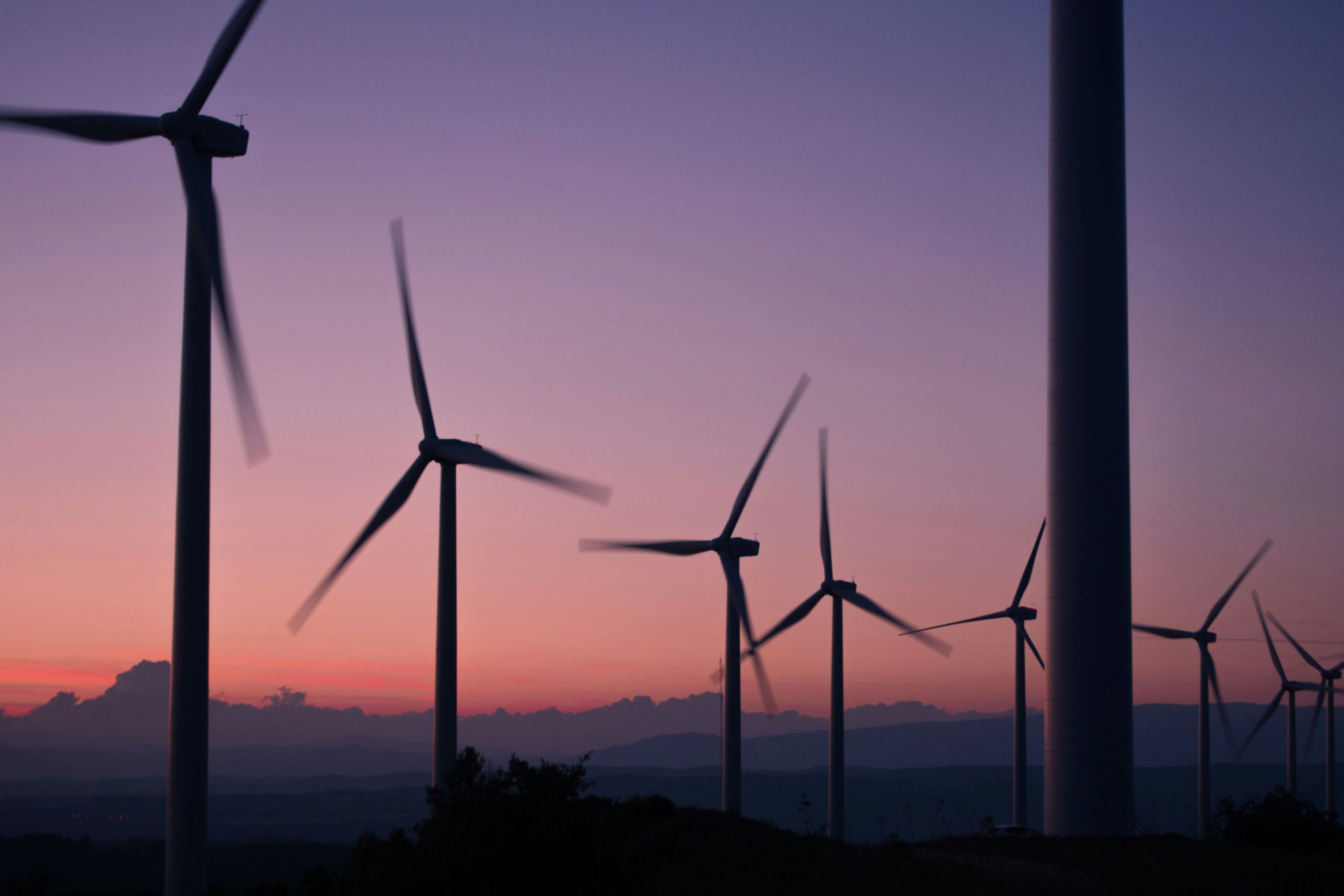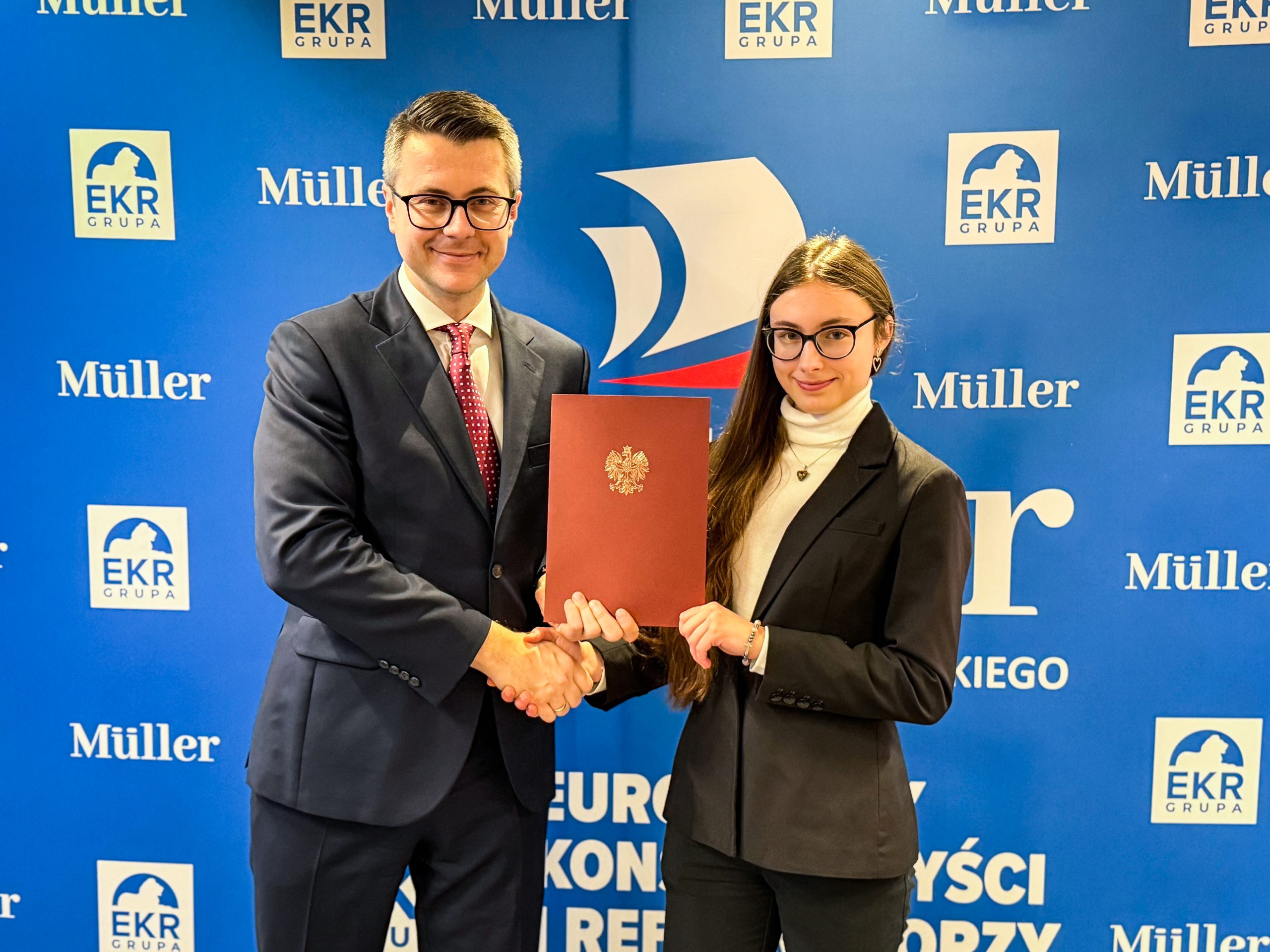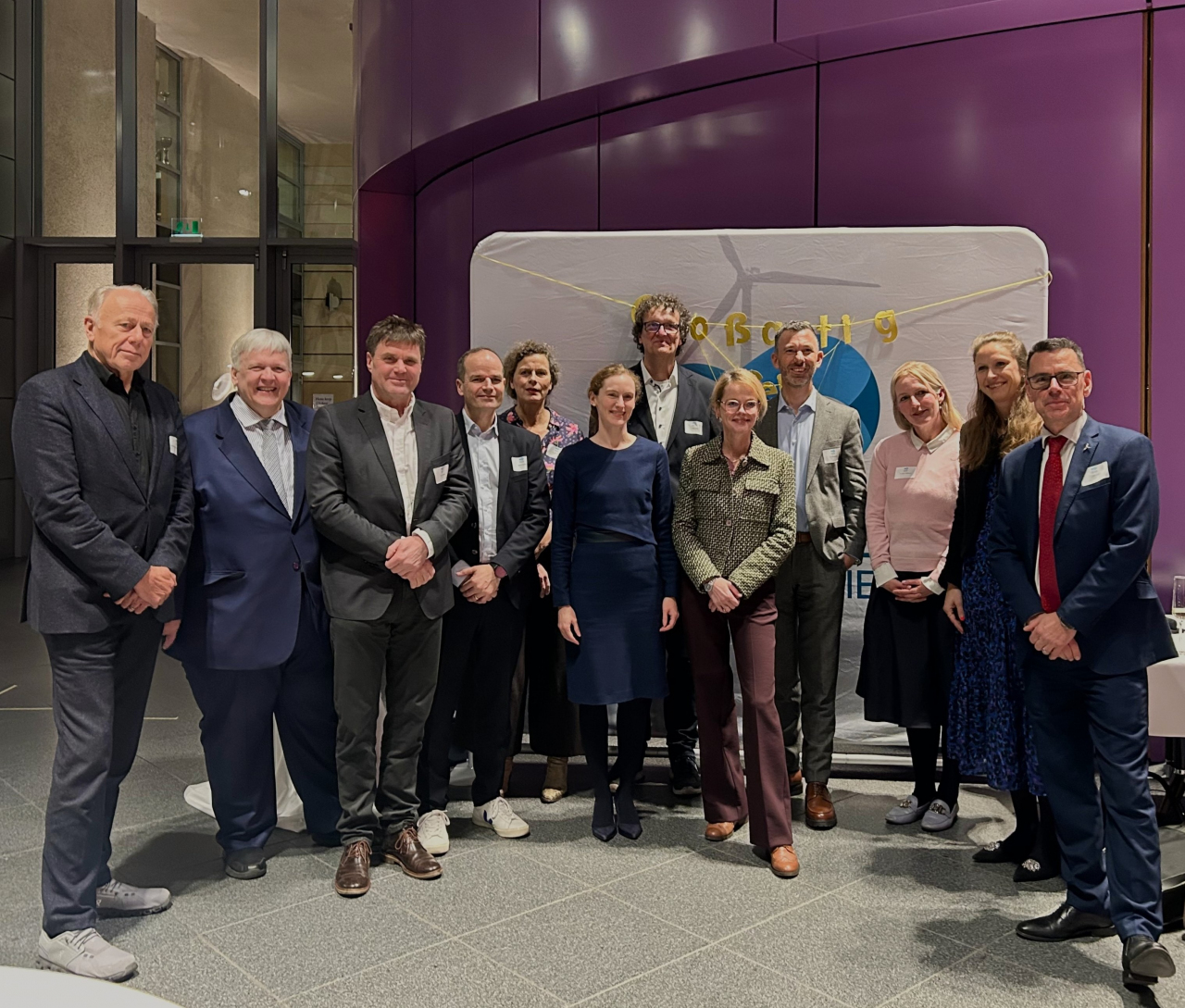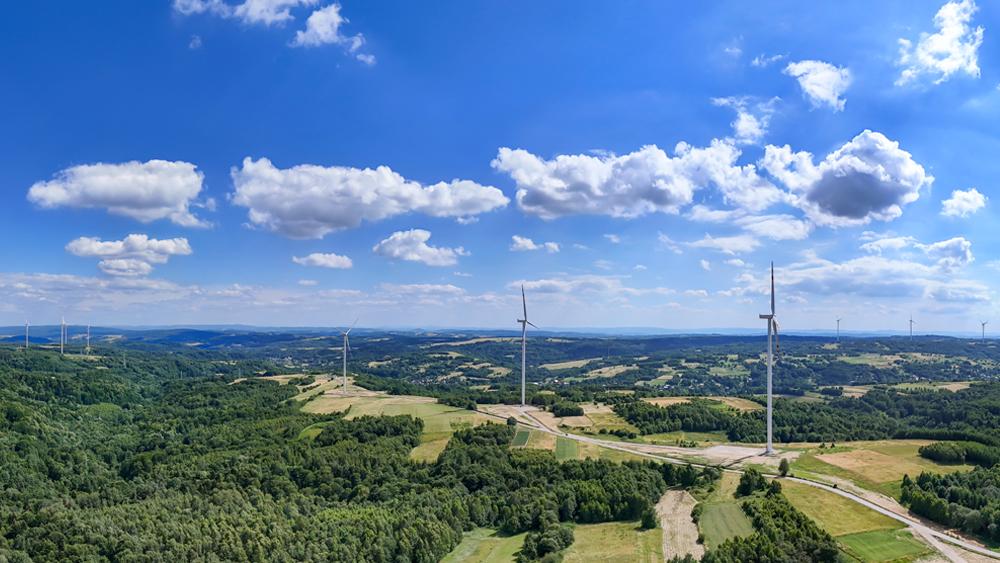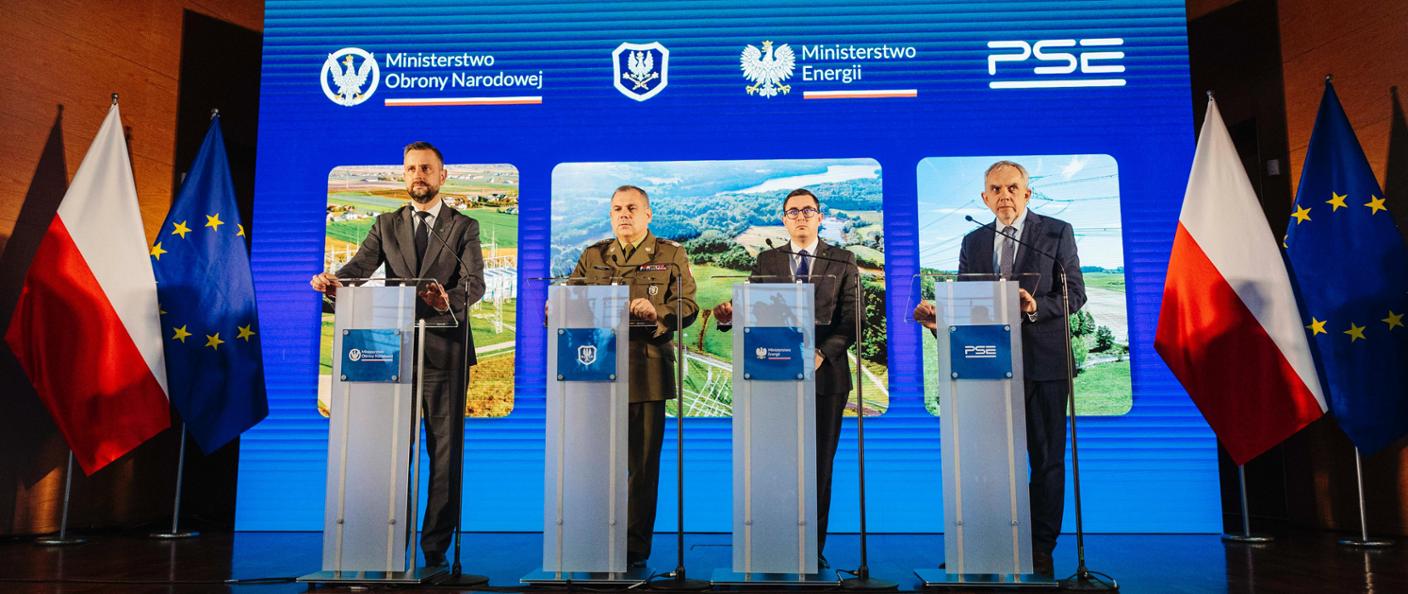The Polish energy sector faces a double threat: massive cyberattacks targeting critical infrastructure and a growing wave of disinformation and fraud aimed directly at consumers. This multidimensional attack is not only intended to cause financial losses, but also to undermine trust and pose a real threat to human life and the continuity of supply. The Polish media closely followed the topic—data from the Media Monitoring Institute (IMM) show that between 2022 and 2025, there were nearly 70,000 publications on disinformation surrounding this strategic sector, which generated a reach of 1.19 billion contacts with the message.
Citizens are the direct target of disinformation
The scale of the problem is enormous and directly affects Polish society. Research by the Polish Association of Professional Heat and Power Plants (currently the Polish Association of Thermal Energy – PTEC) indicates that every fifth message about energy appearing on the internet may be disinformation. According to PTEC data, as many as 70% of Poles have encountered false information about energy. Disinformation or fake news has been encountered by 63.6% of representatives of the heating and energy sectors, and according to data from the Ministry of Digital Affairs, in the first half of 2025 alone, 5 million recipients of false information in this area were recorded.
In the media space, the most popular channels for distributing this harmful content are Facebook and X (Twitter). These are often organized campaigns involving the simultaneous reproduction of similar content. The narratives usually come from accounts associated with the right wing and anti-EU circles.
The source of propaganda narratives and disinformation on the subject of energy are also politicians from various groups, as well as government representatives, MPs, and MEPs—reports containing elements of manipulation and propaganda often originated in their statements.
In addition to disinformation and phishing, the energy sector is the target of sophisticated cyberattacks. A report by the consulting firm EY shows an alarming and sharp increase in cybersecurity incidents – in 2023, their number in this area doubled year-on-year.
Russian propaganda and attacks on strategic investments
For several years, Russian disinformation has been one of the most serious threats to the debate on energy in Poland. Between 2022 and 2024, Russian-linked propaganda accounted for the majority of posts on energy and climate, shaping the message on social media through emotions, fear, and conspiracy theories. According to PAP, in the first quarter of 2024 alone, Russian sources generated approximately 34 million posts intended to influence public opinion and undermine confidence in the energy transition.
Nuclear energy remains a particularly vulnerable area for manipulation. The dominant disinformation narratives surrounding this issue are described in a report by NASK and the Polish National Security Association[1]. Disinformation is no less intense when it comes to the energy transition and climate policy. According to analyses by the Demagog portal, the myth that renewable energy sources are responsible for high energy prices is becoming entrenched in the online space.
The main propaganda techniques leading to deliberate disinformation include the ideologization of climate protection, highly emotional and negative messaging about climate change, and the ridicule of environmental activists. Other effective methods include criticizing scientists and undermining the conclusions of scientific publications, presenting politicians as climate experts, mocking and ridiculing professional experts, and finally, conspiracy theories and manipulation of data and graphs.
The effects of disinformation
Disinformation in the energy sector is not only an image problem today, but a real threat to national security and the success of the energy transition. False messages influence political decisions, shape public opinion, and can effectively slow down investments. As Energy Minister Miłosz Motyka emphasizes, “disinformation weakens Poland’s energy security and hinders the investment process.” Messages are being spread online that are intended to torpedo modernization efforts, divide society, and undermine trust in public institutions.
This phenomenon affects not only economic stability, but also the ability of citizens to make informed decisions. False content replaces reliable data with emotions, creating an image of chaos and lack of control.
Constant monitoring of the information space, which allows distorted or propagandistic content to be detected before it gains traction, is essential nowadays, says Monika Ezman, director of the Analysis Department at IMM. “In the current reality, where media coverage shapes public sentiment and political and economic decisions, access to reliable data is becoming a strategic resource. Only public communication based on facts, rather than emotions, can strengthen public trust and stability in a period of geopolitical tensions and energy transition.
Consumers also feel the effects of disinformation—phishing scams generate direct financial losses of hundreds of thousands of zlotys for individual victims. Examples include high-profile phishing campaigns in 2025, in which cybercriminals impersonated the largest Polish energy companies. In September, PGE warned customers about fake messages about alleged overpayments. A few months earlier, CERT Polska detected a similar campaign targeting customers of Tauron Polska Energia. Both campaigns had the same goal – to exploit consumers’ trust in well-known brands in order to steal their data and money.
The fight against disinformation
In response to these challenges, public authorities and institutions have launched a number of educational and preventive initiatives. In October 2025, the Ministry of Energy launched the campaign “Don’t be fooled – check the facts about energy!”, which aims to debunk popular myths and raise public awareness. At the same time, since 2023, the Polish Association of Professional Heat and Power Plants has been running the “Energia NaPrawdę” (Energy for Real) campaign, promoting reliable knowledge about the sector and counteracting manipulation on the internet. The Research and Academic Computer Network (NASK) also plays an important role in analyzing and identifying disinformation campaigns on the internet. In 2023, the institution published a report on the potential for disinformation surrounding the construction of a nuclear power plant in Poland.
Media coverage of disinformation in the energy sector
Between 2022 and 2025, the topic of disinformation in the energy sector was widely covered in the media. An IMM analysis showed 69,900 publications, which together generated 1.19 billion contacts with the message. This means that a statistical person aged 15 or older could have been exposed to this content an average of 37 times. In 2025 alone, 27,500 materials on this issue were recorded – more than twice as many as in 2024. Most of the content appeared in general news media (12,500) and specialist media (over 1,000). Among social media platforms, most of the content describing disinformation in the energy sector appeared on X (Twitter).
Among editorial offices, the topic was most frequently addressed by Euractiv, TVP Info, Radio TOK FM, Polskie Radio 24, and Onet. In social media, Paweł Lachman and the official profile of the Ministry of Energy were among those who were highly active.
Methodology:
The analysis covered publications from 4,475 unique sources on disinformation in the context of the energy sector (in the press, on news portals, on radio and television, and on social media) in the period from 2022 to 2025, based on monitoring of 1,700 press titles, 21,000 websites, 350 radio and television stations, and the most important social media.
Source: IMM



